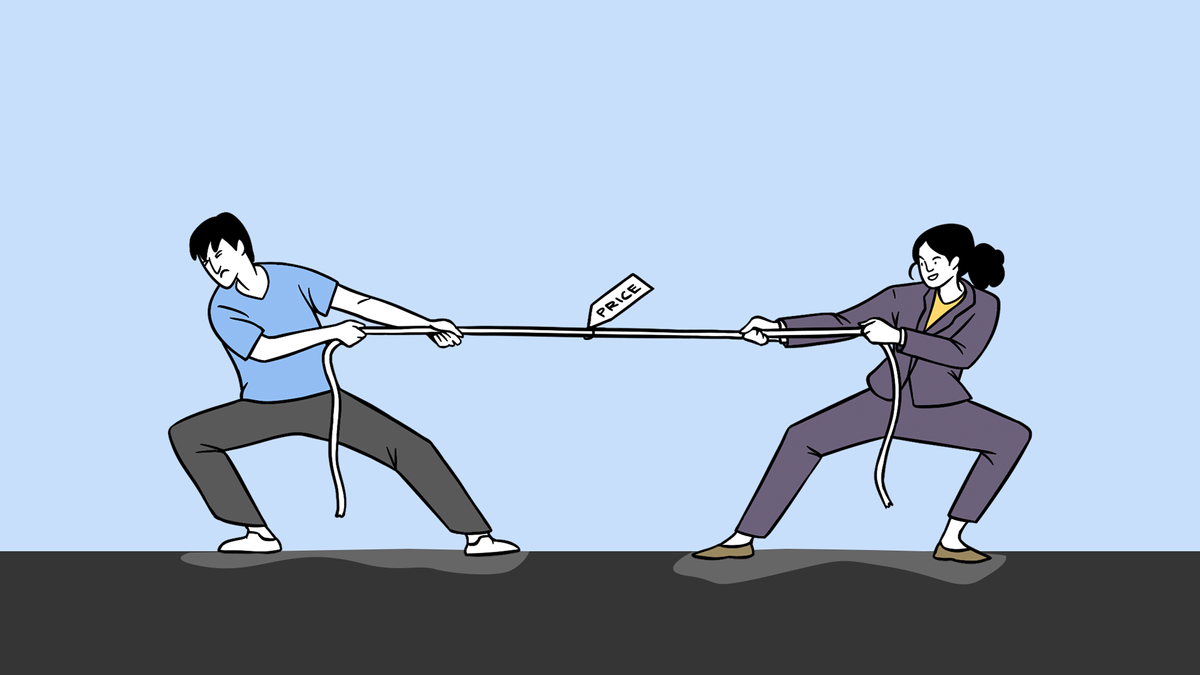For a product startup, getting product costing right is more than critical. Getting the cost estimate wrong can lead to commercial disaster for even a perfectly viable product. Understanding the components of cost, how they are calculated, and how cost records should be maintained must be given the importance it deserves.
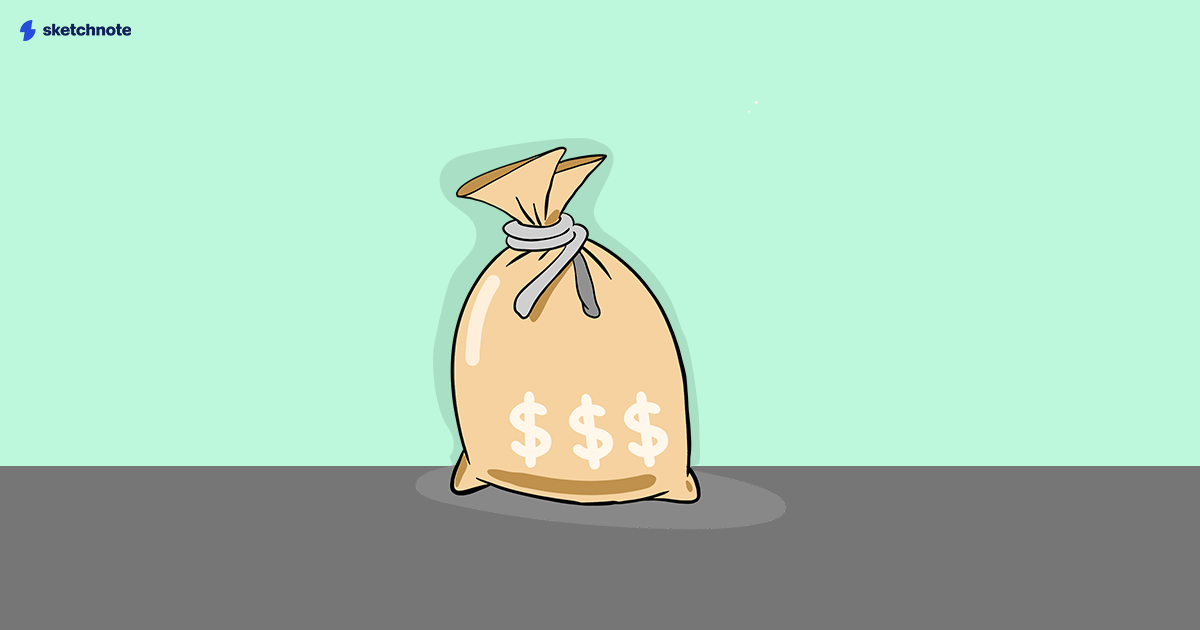
Product cost
What does my product cost? This can be obvious in theory (cost of the materials and the processes that create it) but not so obvious—and certainly not that easy in practice. To get an accurate, comprehensive, and reliable estimate of your total product cost, you need to gather much information on many costs. Only then can you be sure about the total product cost, and finally be able to price your product at a level you are sure will earn you profits.
This comprehensive estimate includes all your direct costs (costs traced directly to your final product, without any ambiguity) and indirect costs (allocated overheads incurred for reasons other than to create the product directly but without which you would not have a product):
Direct materials: All the materials that go into creating your product. E.g., to make a cell phone, you need:
- Glass;
- Plastic; and
- Various metals.
Direct labor: Wages and salaries paid to the employees who directly create the phones, including assembling them, packing them, running quality checks, moving them around, etc. These are costs you can calculate and assign directly to each phone.
Direct overheads: These are overheads incurred specifically to manufacture your phones and for no other reason. E.g., the utilities cost of the manufacturing plant that churns out the phones (Note: these utilities within direct overheads would be specific to the manufacturing process and not the facilities in general. So, the energy consumption of the phone assembly line will be a direct overhead, but the energy consumption of the rest of the facility will be an indirect cost to be allocated).
Indirect costs: These costs can’t be traced directly to each phone. E.g., the lease on the factory building used for assembly involves a cost incurred for manufacturing all the phones you make.
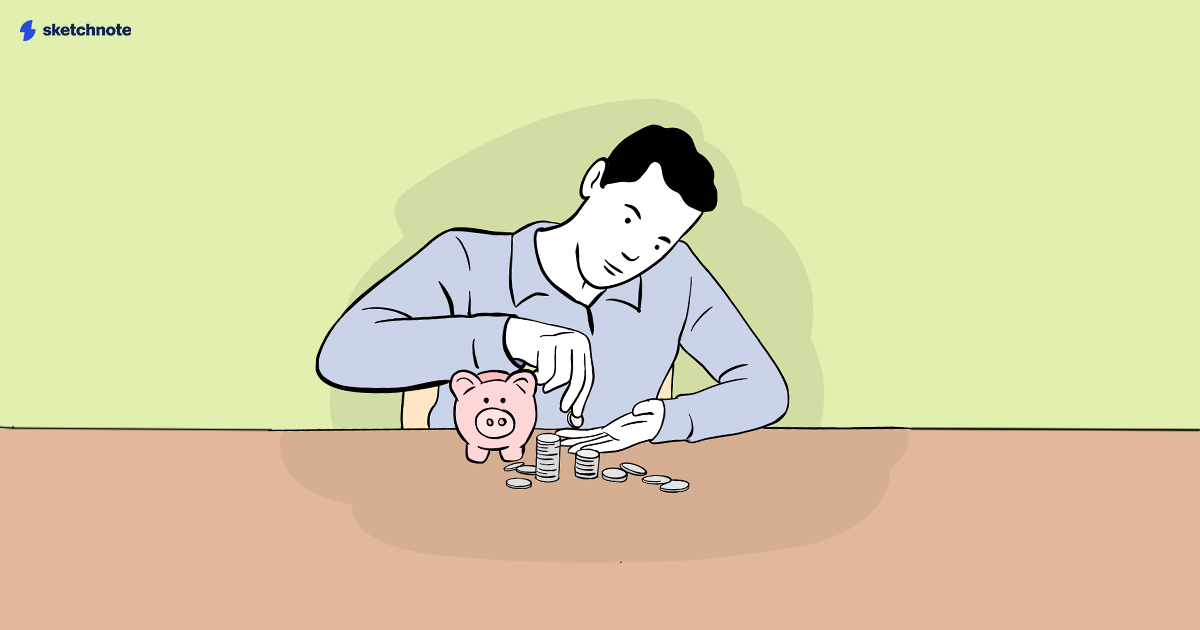
Calculating product cost
Simply put, the formula for product cost is:
{Direct material cost + direct labour costs + direct overheads÷ Total number of units produced}+ allocated indirect costs per unit=Unit product cost
Direct material, labor, and overheads are easy to understand and compute. Indirect costs or overheads—as stated earlier—have to be allocated. The easiest and most popular way is to allocate costs by assigning a cost per unit, though this sounds easier than it is.
To do a calibrated and accurate allocation, you will need to understand the nature of each indirect cost and devise a way to allocate it to reflect the real economic cost of your product. Most such costs may be based on a level of activity.
Let’s say a piece of machinery on your phone’s assembly line is used for 4,000 hours a year, rolls out 100,000 phones, and you incur ~$10,000 in repairs and maintenance costs annually on it. In that case, your repairs and maintenance overhead is $2.5 per machine hour or $0.1 per unit. In the earlier example of factory lease cost, the total amount of lease expense in a year will be distributed over the total phone production for the year (planned or actual, as the case may be).
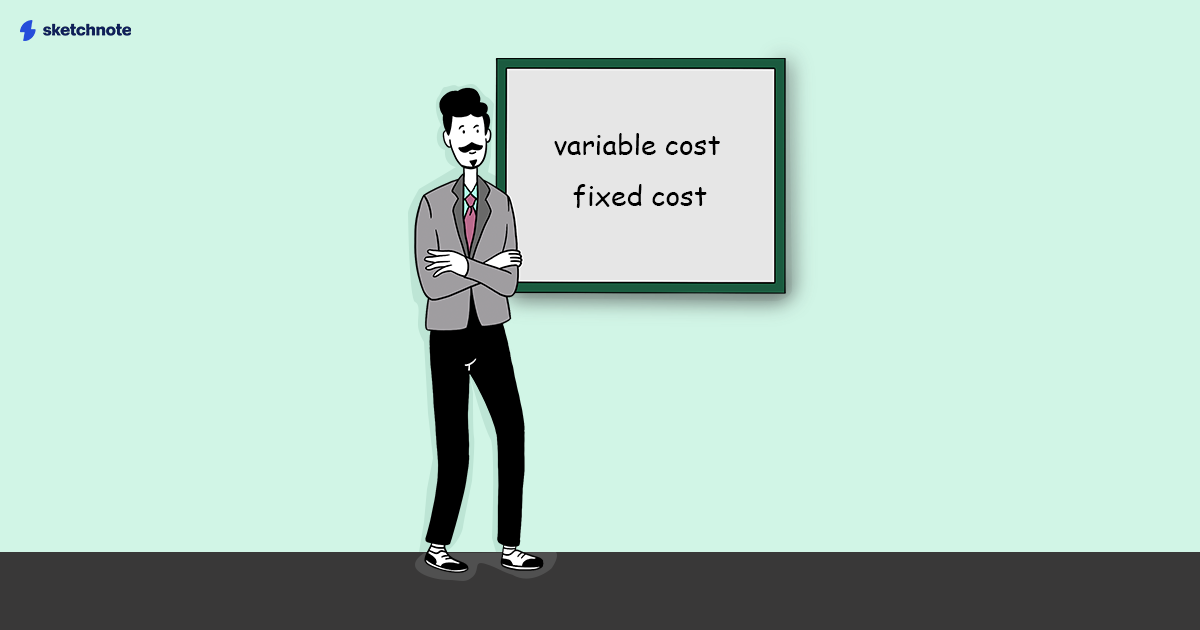
Types of costs
The two basic types of costs are:
Variable costs: As the label suggests, these vary with production. Most direct costs are usually variable costs, going up or down in proportion to production, though all variable costs are not direct costs.
Fixed costs: These do not vary with production and are incurred no matter how much you produce. Salaries, leases, licensing fees, insurance, property taxes, interest on loans, etc., are examples of fixed costs.
Here’s a way to sum it up:
In reality, a third category of costs—semi-variable or semi-fixed costs—also exists. These costs remain fixed up to a certain level of activity or production and rise beyond that level.
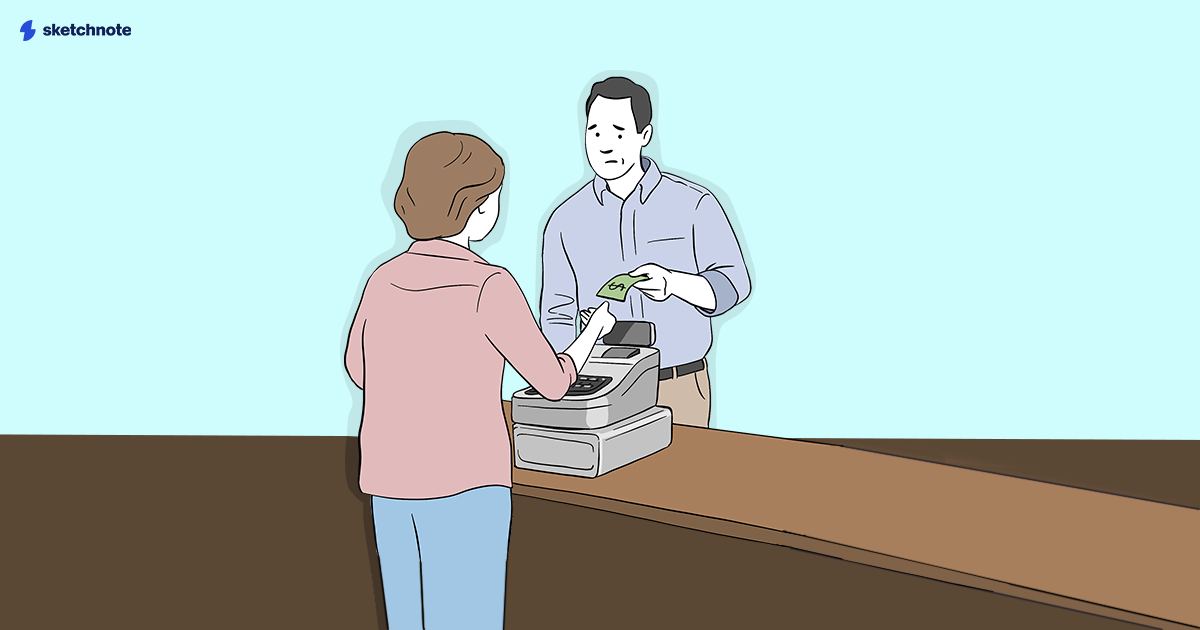
Using product cost
Now that you understand your cost structure with the breakup by type of cost, it's time to put this information to some practical use. One of the most elementary, popular, and invaluable uses of this product cost information is achieved through the ‘Cost-Volume-Profit’, or CVP, analysis.
Once you have analyzed your company’s books and divided your costs into direct/indirect and fixed/variable costs, you can use this information to calculate the breakeven point, one of CVP’s pillars. This is one metric of equal interest to both business owners and investors. It tells you the business volume at which you begin to earn profits.
Breakeven’s fundamental use is in helping you figure out how much you need to sell to cover your costs because—well—no business runs to lose money! This way, breakeven gives you your primary business objective. Based on inputs on fixed and variable costs, it will tell you what level of sales (either in units or the total dollar amount) will yield you a profit of zero, i.e., at this point, you do not suffer loss, nor do you enjoy profits. Put simply:
Breakeven sales – variable costs – fixed costs = $0
Any sale above this point will begin to yield profits.
Besides profit breakeven point, variants of breakeven analysis can include cashflow breakeven, EBITDA breakeven, and EBIT breakeven.

Breakeven calculation
Say you plan to sell your widget at $50 per unit based on your estimation of your costs and what you think the market will pay for it. Your analysis shows that your variable costs are $20 per unit. Fixed costs are $1,500. To figure out what level of sales (call it “a”) will give you a profit of $0, use the above breakeven formula and these estimates.
Breakeven sales – variable costs – fixed costs = $0
(a x $50) – (a x $20) - $1,500 = $0
a x ($50 - $20) - $1,500 = $0
30a - $1,500 = $0
30a = $1,500a = 50 units
Thus, if you sell 50 units at $50 per unit, you will “breakeven”. If your market and competition analysis suggest that this is a tall order, you’re in the wrong business.
If you think about the formula a little more deeply, you see that the contribution margin (sale price – variable costs) needs to be greater than the fixed costs for you to earn a profit. Hence:
Profit = Total contribution margin – Fixed costs
and
Breakeven point in units = Fixed costs ÷ contribution margin per unit
What you would have gathered by now is that a lower breakeven point lowers the risk of the business. In the formula, you have 3 variables, any of which can be used to achieve this lower breakeven:
- The sale price: increase it to increase the contribution margin, thus lowering the breakeven point.
- The variable cost: reduce it to increase the contribution margin, thus lowering the breakeven point.
- The fixed cost: reduce it so that the same contribution margin takes you further, thus lowering the breakeven point.
The same CVP and breakeven formula can also be used to figure out how much you need to sell in order to achieve a target level of profit. Simply replace $0 with your desired profit level. In our example:
Breakeven sales – variable costs – fixed costs = $1,000
(a x $50) – (a x $20) - $1,500 = $1,000
a x ($50 - $20) - $1,500 = $1,000
30a - $1,500 = $1,000
30a = $2,500
a = 84 units
More uses of CVP analysis
CVP analysis can be used for many routine business decisions like advertising, pricing, sales mix, adding a product line, and much more. Through this analysis, you can check whether you will be better off before committing to a strategy. Isn’t that grand? ‘Garbage In - Garbage Out’ though; none of this analysis will be worth much without a good understanding and accurate breakup of your product cost.


